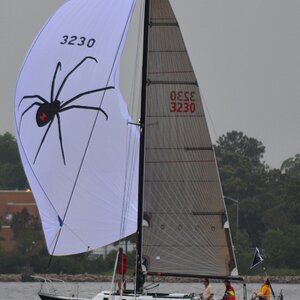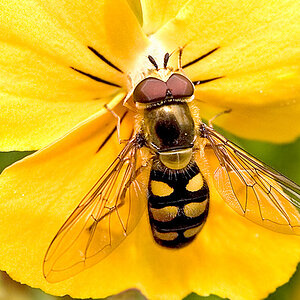plastii
TPF Noob!
- Joined
- Oct 12, 2007
- Messages
- 318
- Reaction score
- 0
- Location
- Gilberts, IL
- Can others edit my Photos
- Photos OK to edit
Hi.
I was wondering what kind of light to use to achieve this kind of effect - for business portraits.
Thanks
http://www.hodginsphotography.com/site/wp-content/gallery/business-portraits/business3_0.jpg
I was wondering what kind of light to use to achieve this kind of effect - for business portraits.
Thanks
http://www.hodginsphotography.com/site/wp-content/gallery/business-portraits/business3_0.jpg
Last edited:


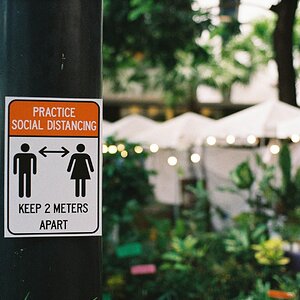
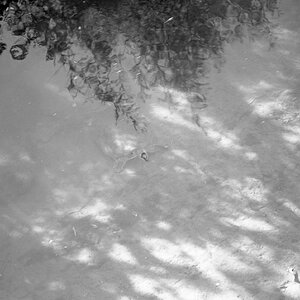
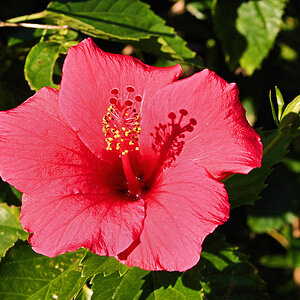
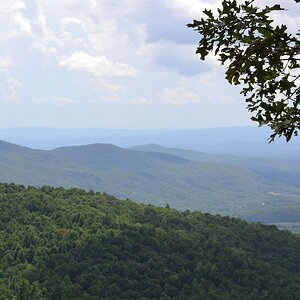
![[No title]](/data/xfmg/thumbnail/35/35872-12704b8c65e1c009d7089ccba367abb6.jpg?1619737198)
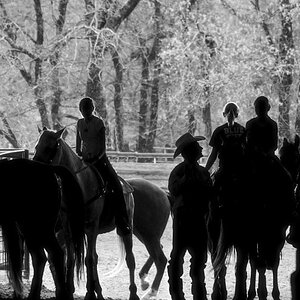
![[No title]](/data/xfmg/thumbnail/35/35262-02f8eba4a2a92dbae0b55547bba80b4f.jpg?1619736968)
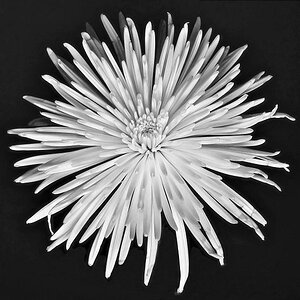
![[No title]](/data/xfmg/thumbnail/42/42471-71fb529e01fae8170cc2a98655bd05e7.jpg?1619740193)
